Have you ever wondered why your cat sometimes gives you that slow blink, or why she insists on bringing you “presents” in the middle of the night? Living with cats is like decoding a secret language—one full of quirky rituals, hilarious antics, and the occasional head-scratching moment. The truth is, our feline friends are communicating with us all the time. But are we rewarding the right behaviors, or accidentally encouraging the wrong ones? If you’ve ever been mystified by your cat’s odd routines, you’re not alone. Let’s dive deep into the behaviors every loving cat owner should reward—and the ones you’re better off ignoring entirely.
Using the Litter Box Consistently

One of the golden rules of happy cat ownership is celebrating the cat who uses her litter box every time. It might seem basic, but consistent litter box use isn’t just good manners—it’s a sign of trust, comfort, and health. When your cat chooses her designated spot, it means she feels safe and at ease in your home. Give her gentle praise, a favorite treat, or an extra chin scratch after she does her business. Ignore it, and you might miss the chance to reinforce this vital habit. Consistent litter box use also helps avoid unpleasant surprises for you. It’s like your cat’s way of saying, “I respect our space.” Think of it as the feline equivalent of flushing the toilet—simple but essential.
Gentle Play With Humans
Nothing melts your heart like your cat gently batting at a toy or softly pawing your hand without using claws or teeth. Gentle play is a sign your cat trusts you and understands the boundaries of playtime. Rewarding this behavior with extra play sessions, praise, or small treats encourages your furry friend to keep her claws in and her playtime safe. It’s also a great way to bond, reduce stress, and keep her active. When your cat plays nicely, she’s showing off her social skills. It’s like watching a child share toys at the playground—a small, proud victory every time.
Using Scratching Posts Instead of Furniture

Let’s be honest: few things are as frustrating as finding your favorite couch shredded by tiny claws. When your cat chooses her scratching post over your furniture, that’s a behavior worth celebrating! Scratching is a natural instinct for cats; it helps them stretch, mark their territory, and keep their claws healthy. Reward her with attention or a treat when you see her using the right spot. You can even sprinkle a little catnip on the post for extra encouragement. Over time, she’ll learn that this is the place to let out her wild side. Just imagine her as a little yoga instructor, stretching and staying fit—without wrecking your living room.
Calm Behavior During Vet Visits
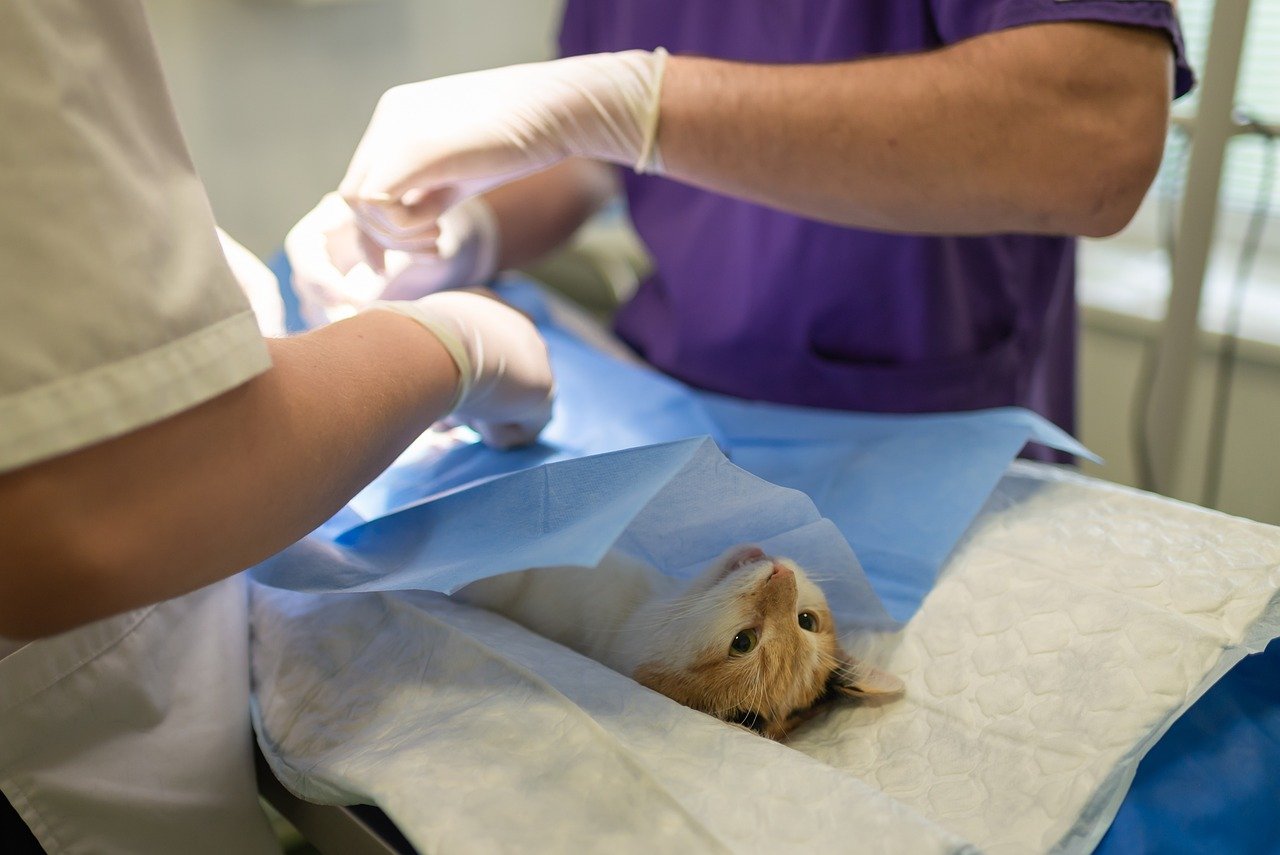
Bringing your cat to the vet can feel like leading a lamb to the lion’s den. If your cat remains calm, doesn’t hiss, and allows herself to be handled, this is a huge win. Gentle praise, soothing words, or a special treat after the appointment can help reinforce this brave behavior. Over time, she may become less anxious about future visits. Calmness at the vet isn’t just good manners; it’s a sign of trust in you as her protector. Picture her as a tiny warrior, facing the unknown but trusting you’ll keep her safe.
Polite Interaction With Other Pets
If you have a multi-pet household, you know how tense introductions can be. When your cat greets other pets without aggression, hides instead of hissing, or even shares a nap spot, she deserves recognition. Positive interactions with other animals help keep peace in your home and reduce stress for everyone. Reward her with soothing pets or a treat when she behaves politely. It’s like having siblings get along—sometimes rare, but always worth celebrating.
Coming When Called

It might sound like a pipe dream, but many cats really can learn to come when called! If your cat responds to her name or a special whistle, reward her with a treat or extra affection. This behavior not only makes life easier for you but also strengthens the bond between you and your cat. Think of it as a trust exercise—she’s choosing to come to you because she knows something good awaits. It’s a little victory every time, much like a dog’s happy dash across the yard.
Accepting Grooming and Handling
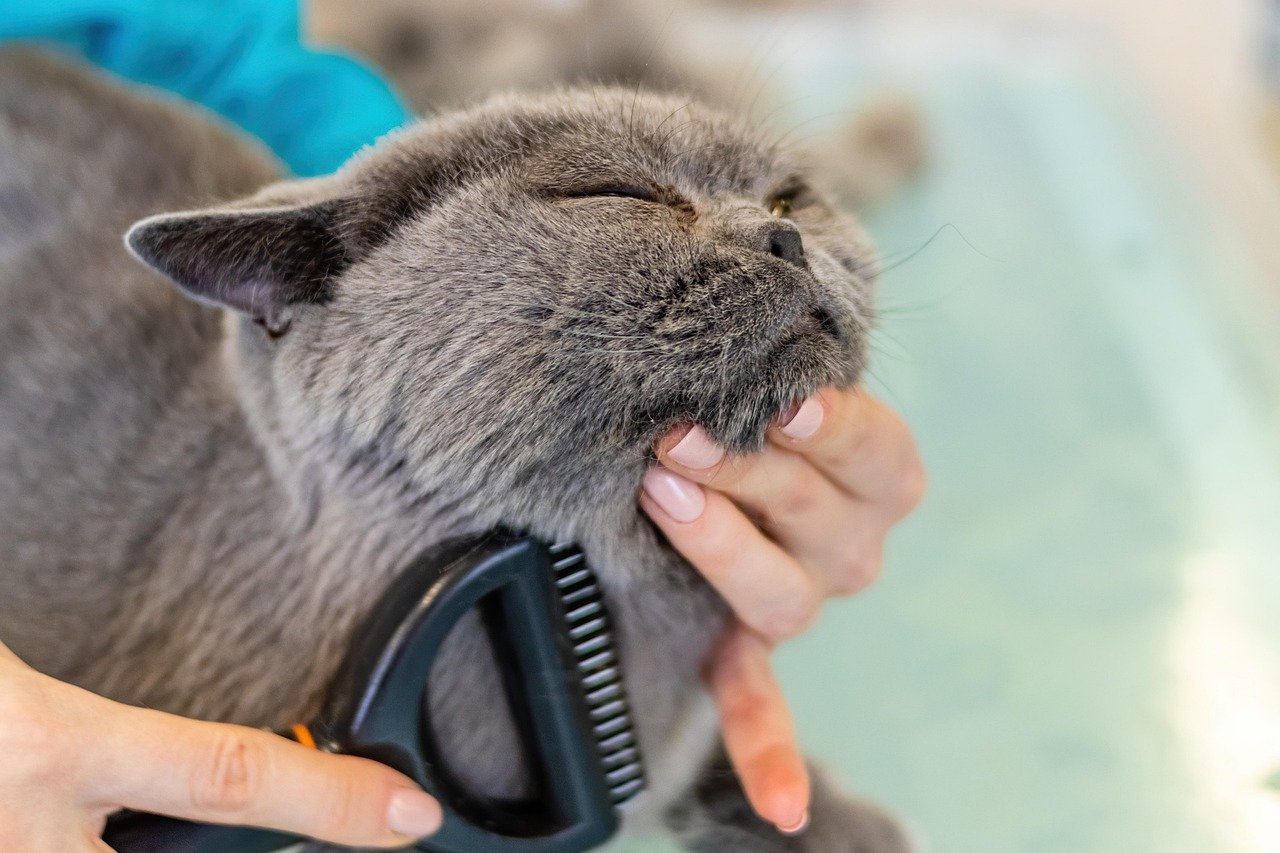
Some cats act like you’ve betrayed them if you so much as touch their paws. If your cat lets you brush her fur, trim her nails, or clean her ears without a fuss, she’s showing remarkable trust. Reward calm behavior with gentle words, treats, or a favorite toy. This makes future grooming sessions smoother and less stressful for both of you. Imagine it as your cat saying, “I trust you to take care of me.” It’s a small but powerful sign of your bond.
Using Indoor Voices (Soft Meows, Purrs)

While some cats are naturally chatty, rewarding soft meows, gentle purrs, or other non-disruptive vocalizations can encourage your cat to communicate in pleasant ways. Respond with attention, gentle pats, or even a treat when your kitty “speaks” softly. This helps reinforce the idea that quiet communication gets her what she wants. It’s like having a friend who whispers instead of shouts—always easier on the ears and heart.
Respecting Boundaries (No Jumping on Tables)
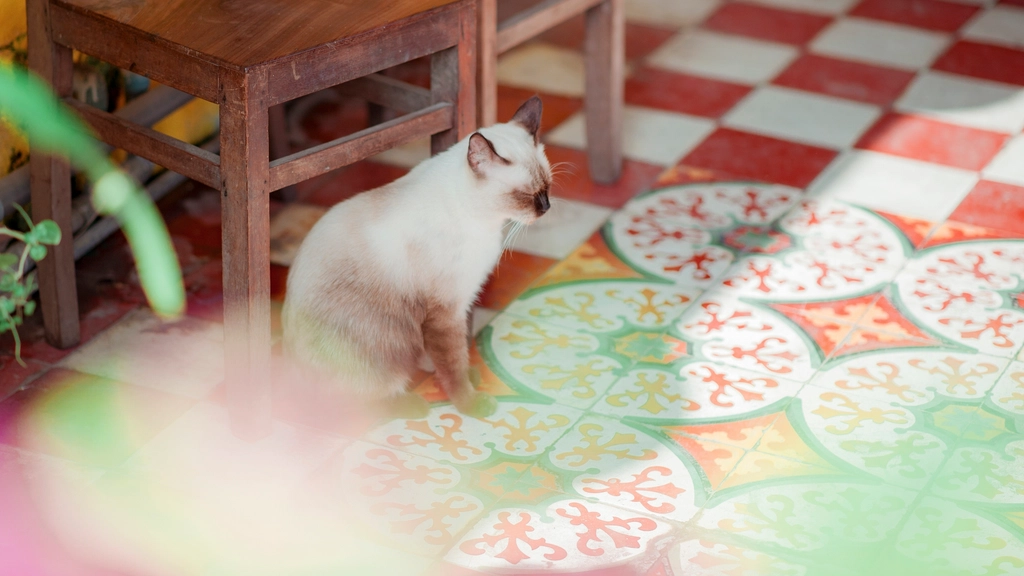
It’s not easy to resist the allure of forbidden countertops, but when your cat chooses to stay on the floor, that’s a big deal. Reward her with affection or treats when she respects your boundaries. Over time, she’ll learn what’s off-limits, making your home a more peaceful place for everyone. Think of it as teaching a child not to draw on the walls—it takes patience, but those moments when they listen are priceless.
Bringing You “Gifts” (Within Reason)
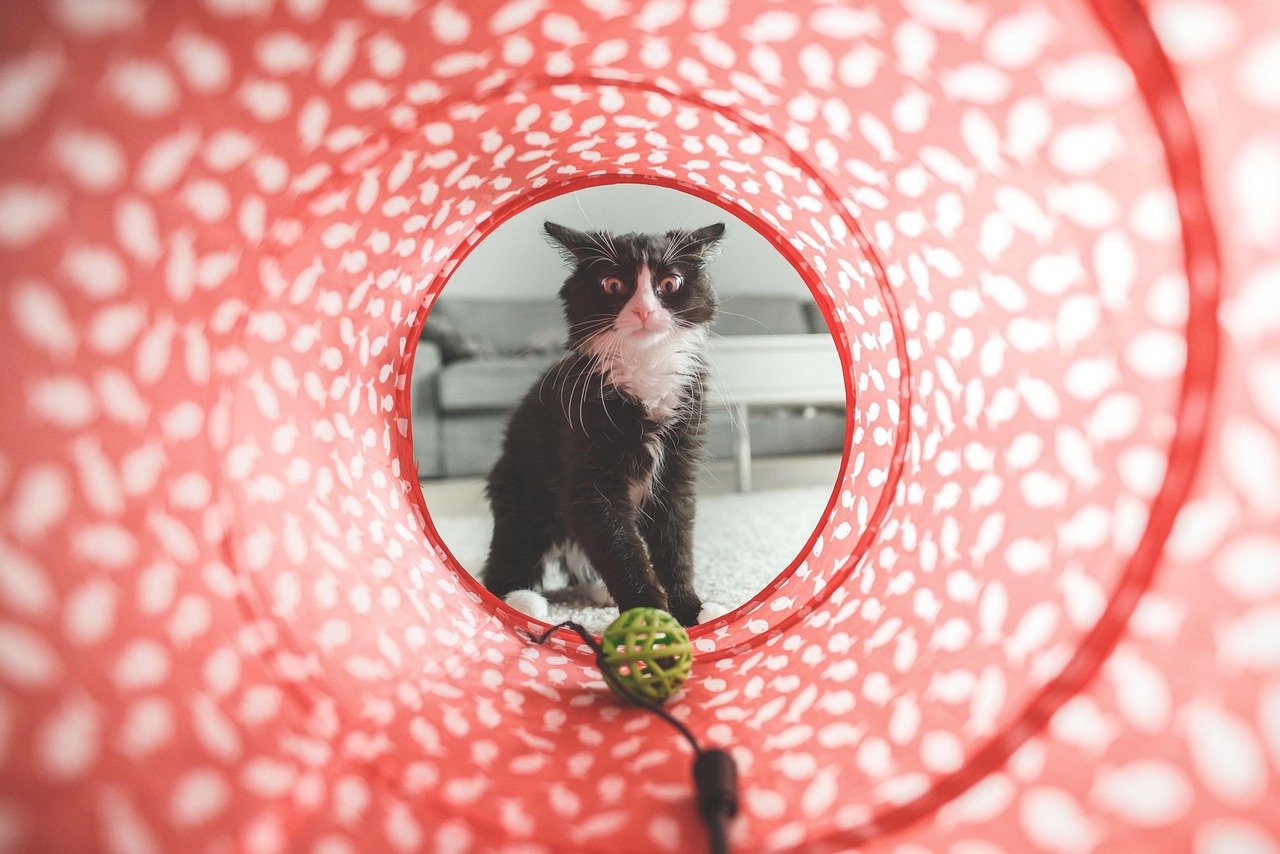
It sounds odd, but when your cat brings you a toy, sock, or even an unfortunate bug, she’s showing affection. In the wild, cats bring food to their family members, so this behavior is a sign of trust and love. Reward her with gentle praise or play when she brings you something safe (maybe not the half-eaten mouse). It’s her way of saying, “You’re part of my family.” Imagine her as a tiny hunter, wanting to share her “catch” with her favorite human.
Ignoring Excessive Nighttime Zoomies

Every cat owner knows the midnight madness: those wild sprints across the house when you’re trying to sleep. While it’s funny (and sometimes annoying), it’s usually harmless. Ignoring this behavior rather than reacting or playing along teaches your cat that nighttime is for resting, not racing. If you respond, you could encourage more of the same. Sometimes, the best response is no response at all—let your cat burn off that energy, then settle back down.
Ignoring Demanding Meows for Food
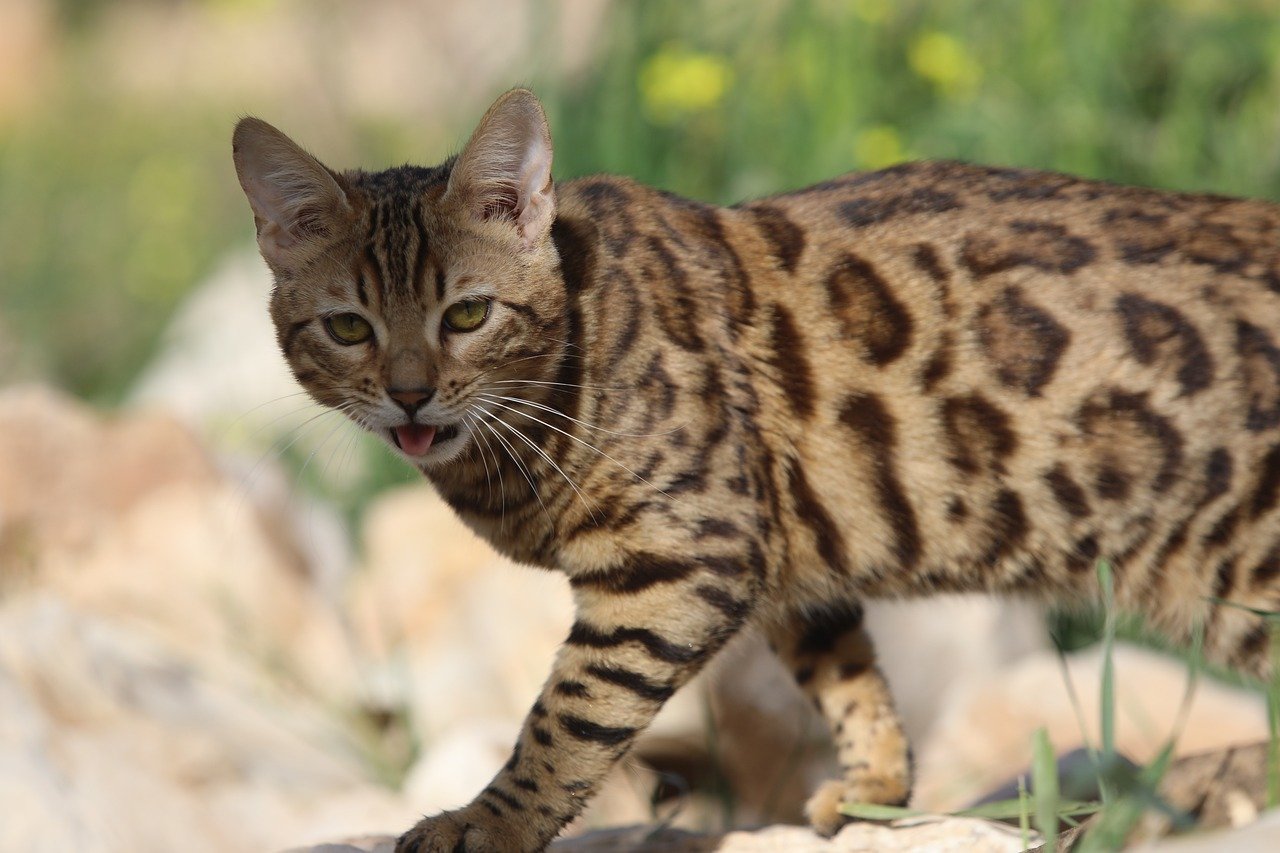
Those persistent, pleading meows at dinnertime can tug at your heartstrings, but giving in teaches your cat that making noise gets her what she wants. Instead, ignore the begging and reward her for quiet, patient waiting. Over time, she’ll learn that polite behavior is more effective. It’s a tough habit to break, but you’ll thank yourself when mealtimes become more peaceful.
Ignoring Door-Dashing Attempts
Some cats become little escape artists, darting for the door whenever it opens. Responding with attention or chasing only makes the game more exciting for them. Ignore the behavior and instead reward calm sitting when the door is open. This teaches your cat that staying put is the way to get your attention—not making a mad dash for the great outdoors. Picture it as a game of “red light, green light,” where the reward comes from stillness, not chaos.
Ignoring Pouting After Discipline
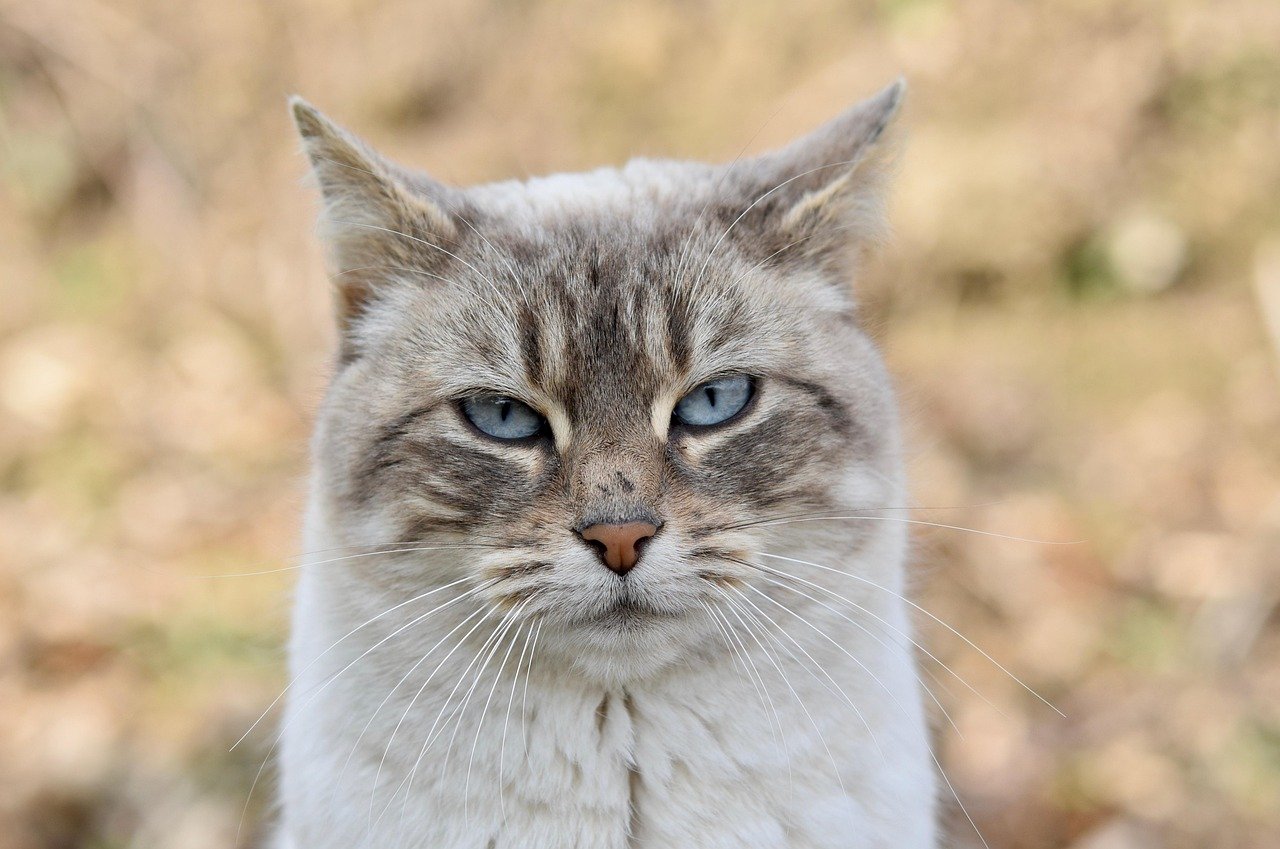
Cats are masters of the silent treatment. When you set boundaries or gently correct unwanted behavior, your cat may sulk or hide. Don’t try to coax her out or shower her with attention—she’s testing your resolve. Ignore the pouting, and she’ll eventually realize that moping doesn’t get her what she wants. Once she’s back to her normal self, reward positive behavior instead. It’s tough, but consistency wins in the end.
Ignoring Minor Attention-Seeking Mischief

Sometimes, cats act out just to get a reaction—knocking things off shelves, batting at cords, or “accidentally” walking across your keyboard. If you immediately respond with attention, even negative, you reinforce the behavior. Try to ignore minor mischief and save your praise and affection for moments when your cat is calm or behaving well. Over time, she’ll learn that good behavior gets the spotlight, not naughty antics.
Understanding which feline behaviors to reward—and which to let slide—can truly shape your cat’s personality over time. Positive reinforcement helps your kitty feel confident and secure while encouraging the habits you actually want. Ignoring certain behaviors (like harmless attention-seeking meows) keeps you from reinforcing unwanted patterns. With a little consistency and a lot of love, you’ll build a trusting, happy bond that benefits both of you.
Jen is a passionate nature lover and ocean conservationist. She has dedicated her life to protecting the environment and preserving the beauty of the natural world. Growing up in a small coastal town, Jen sincerely appreciated the ocean and its inhabitants. She has spent countless hours exploring the shoreline, learning about the creatures that inhabit the waters, and advocating for their protection. Jen is an active member of ocean conservation organizations, and she is committed to educating the public about the importance of conserving wildlife and the natural environment.





